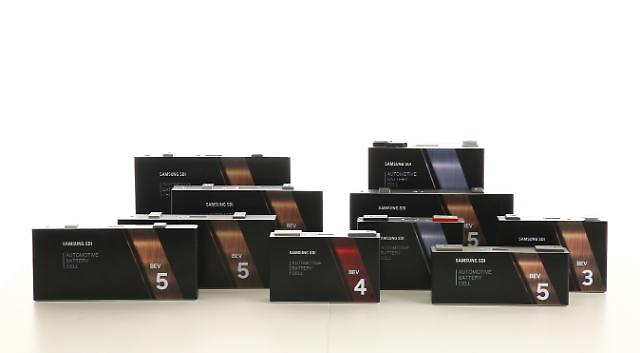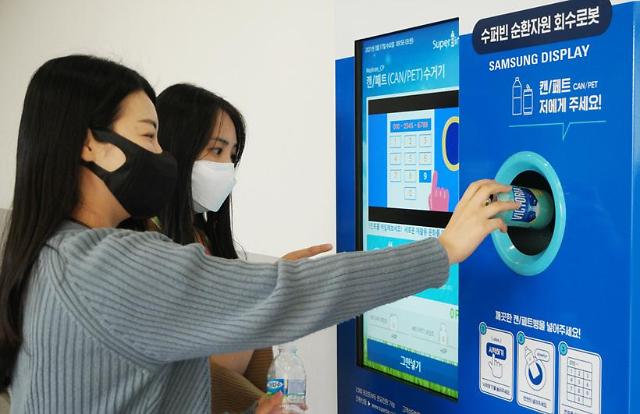
[Courtesy of Samsung SDI]
The Indiana plant aims to have an initial annual production capacity of 23 gigawatts hours (GWh) that can go up to 33 GWh. Production is to begin in the first quarter of 2025. "We have secured a solid foothold in a rapidly growing North American EV market through the joint venture with Stellantis," Samsung SDI CEO Choi Yoon-ho said in a statement.
It would be Samsung SDI's first battery plant to be built in the US. Samsung SDI will apply its cutting-edge technology to the U.S. facility which will supply battery modules for a range of vehicles produced at Stellantis’ plants in North America.
In March 2022, Stellantis said that its joint venture battery plant with LG Energy Solution (LGES), the battery-making wing of South Korea's LG Group, would be built in Windsor, Canada. The Canada plant with an annual capacity of 45GWh is to begin in the first half of 2024.
There are three types of batteries - prismatic, pouch and cylindrical. SK Innovation (SKI) and LGES have mainly supplied pouch-type batteries, while Samsung SDI has secured a competitive advantage in terms of performance and cost by producing prismatic batteries.
Prismatic cells are encased in aluminum or steel for stability and satisfy the demand for thinner sizes. Wrapped in packages, prismatic cells make optimal use of space and allow flexible design but they can be more expensive to manufacture and have a shorter cycle life than cylindrical design.
Cylindrical cells have high specific energy and good mechanical stability, but they are commonly used for portable applications. Pouch cells use laminated architecture in a bag, offering a simple, flexible and lightweight solution to battery design. They are light and cost-effective but exposure to humidity and high temperature can shorten life. Swelling is a concern.




